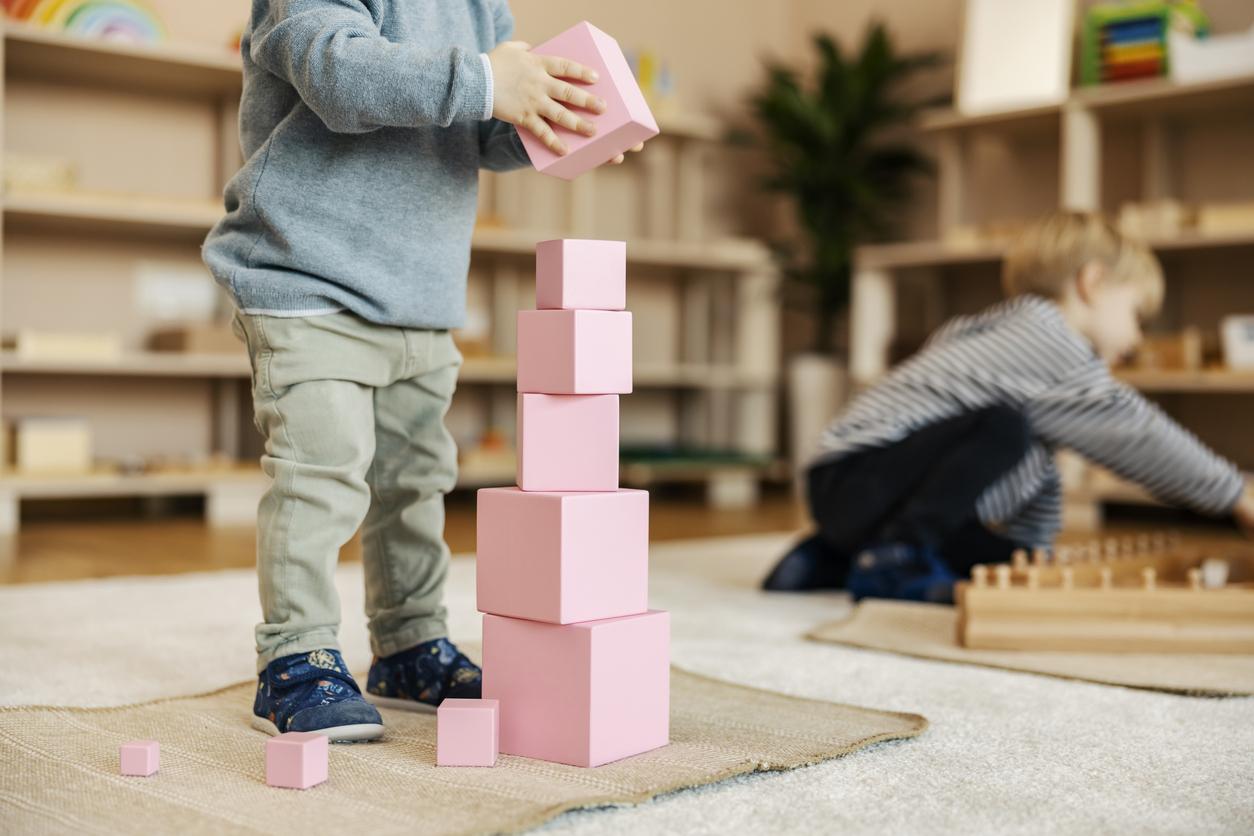
Extra safe on the slopes
In recent years, the ski helmet has become quite established on the slopes. A good thing, because such a helmet protects to a great extent against head injuries as a result of a fall or collision. Tips when purchasing.
In order to be sold, winter sports helmets need a CE marking. The standard European standard for helmets for skiers and snowboarders is EN 1077. Helmets that comply with this are approved, but this really says little. It concerns certain minimum requirements and is certainly not a quality mark.
There are also helmets on the market with an EN 1078 approval. However, this is the standard for bicycle helmets and it is less strict than EN 1077. EN 1080 applies to children.
Fits perfectly
What should you pay attention to when buying a helmet? The most important thing is to take your time. Don’t immediately pay attention to design and decoration, but really see which helmet fits your head well. The helmet should certainly not be too loose; then there is a good chance that it will shift in the event of a fall. Also shake your head while fitting to see if the helmet stays in place. It is also important that the field of view to the right and left is not obstructed. Do you not like a helmet, but does it fit perfectly? There are also all kinds of covers for sale to decorate the helmet.
Also pay attention to the weight. A heavy helmet may be fine during fitting, but skiing at the end of the day is a lot less pleasant. The same goes for the chinstrap. A belt that is too narrow can become irritating over time. So preferably choose a belt that is at least 2 centimeters wide. It is also very nice if you can operate the closure of the helmet with gloves on.
hat and glasses
In principle, you do not wear a hat under a winter sports helmet. The helmet provides sufficient protection against cold and wind. A helmet is actually too big if your hat fits underneath. So do not wear a hat while trying on a helmet. You should take your ski goggles with you. The helmet and goggles have to fit together: even the best ski helmet can become uncomfortable in combination with ski goggles.
For your own safety, it is also important that you can still hear the environment with the helmet on. Furthermore, a removable liner makes cleaning easier. Don’t fixate on a specific size either, as this can vary from manufacturer to manufacturer.
Children’s helmets
Never buy a children’s helmet for growth. Compared to the rest of the body, a child’s head grows less quickly, so the helmet can often last quite a long time before a child grows out of it. There are also adjustable helmets. Don’t just pass a helmet from one child to another. Always check the fit and size first.
To replace
Basically, a ski helmet is designed to absorb multiple blows; in the event of a major fall or accident, it usually does not stop at one. Nevertheless, it is wise to replace the helmet after such a fall. Even if there is no visible damage to the helmet, the cushioning material will be damaged.
Even with normal use – without falling – the damping effect loses its power over time. So replace your helmet every five years. Sunlight also has an aging effect on plastic: it is best to keep the helmet in a cover when not in use.
Sources):
-
- ANWB
-
- Wintersporters.nl

















